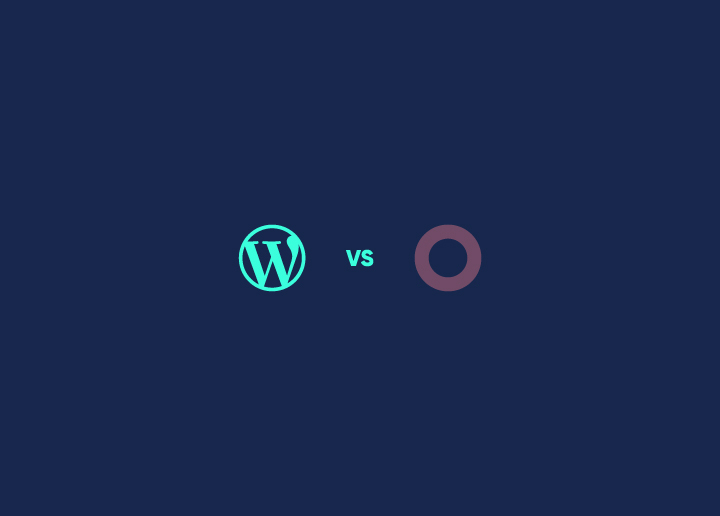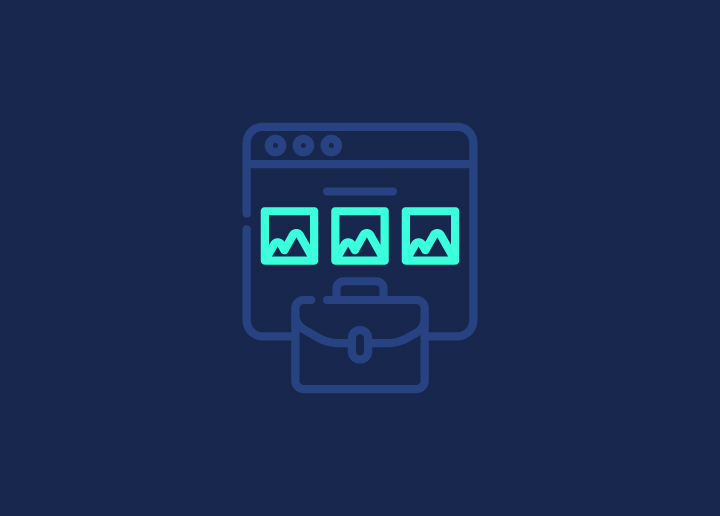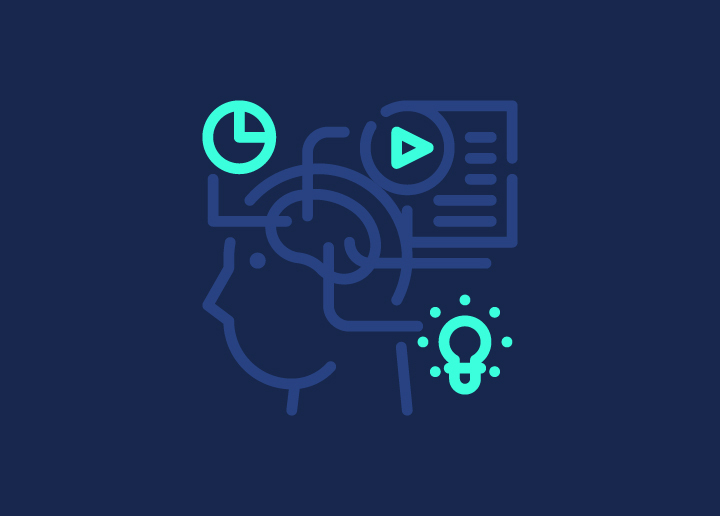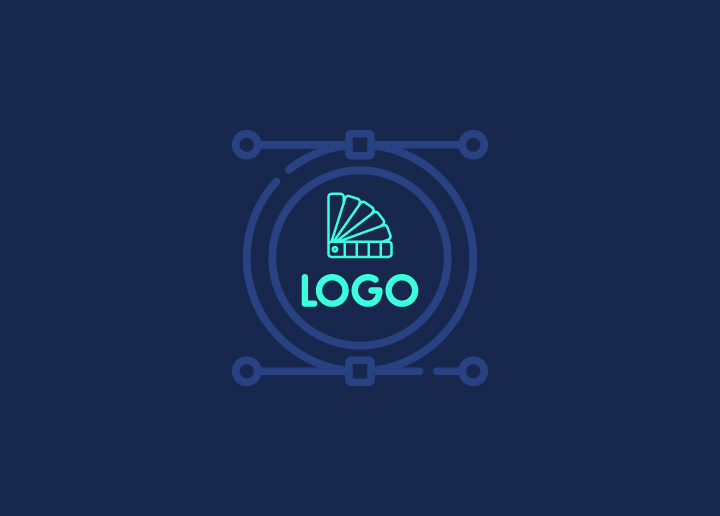In a world saturated with information and visuals, understanding design psychology has become paramount for creating effective user experiences. While many designers recognize the power of aesthetics, few grasp the profound psychological principles that govern how users interact with design. Design psychology is not just about making things look good; it’s about crafting experiences that resonate on a deeper emotional level.
This article will explore essential design psychology principles that can transform your approach to user experience (UX) design. By implementing these insights, you can create engaging, intuitive, and memorable experiences that not only attract users but also foster lasting connections.
Contents
ToggleWhat is Design Psychology?

Design psychology is the study of how design elements influence human behavior and decision-making processes. It focuses on understanding the cognitive and emotional responses that users have when interacting with various designs, whether they be digital interfaces, products, or environments.
This discipline combines insights from psychology, neuroscience, and design to create experiences that are not only visually appealing but also intuitive and emotionally resonant. By grasping the psychological patterns that drive user interactions, designers can develop solutions that effectively meet user needs and enhance satisfaction.
Leverage Design Psychology for Your Brand!
Ready to transform your user experience? By applying the principles of design psychology, you can create impactful designs that resonate with your audience and drive engagement.
Read and learn: How to Rebrand Your WordPress Website
Why Design Psychology Matters
Incorporating design psychology into your workflow can lead to several key benefits:
- Enhanced User Engagement: Designs grounded in psychological principles naturally attract and retain users.
- Improved Usability: Understanding cognitive processes helps eliminate friction points, making interactions smoother and more intuitive.
- Emotional Resonance: Designs that evoke positive emotions can create deeper connections, increasing customer loyalty and satisfaction.
Know: Best Sites to Hire WordPress Developers & Designers
Key Principles of Design Psychology

Understanding the principles of design psychology allows UX designers to create experiences that resonate with users. Here are the core principles that should guide your design process:
Cognitive Load Reduction
The Challenge: Users are bombarded with information. Cognitive overload can lead to frustration, confusion, and ultimately, abandonment.
The Solution: Simplify your designs. Use white space effectively to create breathing room, minimize distractions, and focus attention on essential elements. For example, instead of cramming a landing page with multiple calls to action, prioritize a single, clear action to guide the user.
The Power of Color
The Challenge: Color is often underestimated, yet it can significantly influence emotions and behaviors.
The Solution: Leverage color psychology. Different colors evoke distinct feelings; for instance, blue fosters trust, while red stimulates excitement. Create a cohesive color palette that aligns with your brand’s message and resonates with your audience. Consider A/B testing different color schemes to see which elicits the best response.
Visual Hierarchy and Flow
The Challenge: Users skim content. Without a clear visual hierarchy, important information may go unnoticed.
The Solution: Establish a clear visual hierarchy by using size, color, and positioning strategically. Headings should stand out, guiding users through content effortlessly. Incorporate arrows or visual paths that lead the eye from one element to another, enhancing the overall flow of the experience.
Emotional Engagement
The Challenge: Rational arguments often fail to persuade. Emotional connections drive user behavior.
The Solution: Design with emotion in mind. Use storytelling techniques in your design to create relatable experiences. Infuse personality into your brand through imagery, typography, and language that resonates with users. For example, a nonprofit organization might share impactful stories through compelling visuals to connect emotionally with potential donors.
Consistency and Familiarity
The Challenge: Inconsistent designs can confuse users, leading to frustration and abandonment.
The Solution: Strive for consistency across your design. Use similar visual styles, language, and interaction patterns throughout your website or application. Familiarity breeds comfort, allowing users to navigate confidently and efficiently. Consistent branding reinforces recognition and trust.
The Impact of Micro-Interactions
The Challenge: Users often overlook small details, missing opportunities for engagement.
The Solution: Implement micro-interactions—subtle animations or design elements that provide feedback and enhance user experience. For instance, a button that changes color when hovered over not only guides the user but also adds a layer of interactivity that makes the experience enjoyable.
Read: Reasons to Hire a Professional Agency For WordPress Design
The Role of Context in Design Psychology

Context plays a vital role in how users interact with design. Designers must consider the environment in which their products will be used, the devices on which they will be accessed, and the specific needs of their target audience. For example, a mobile app designed for outdoor use should prioritize readability in bright sunlight and minimize the cognitive load to cater to users who might be multitasking.
By understanding the context, designers can tailor their approach to meet users’ expectations and enhance usability. This includes adjusting elements such as layout, content, and functionality to fit specific scenarios, ultimately leading to a more relevant and engaging experience.
Check this: WordPress Website Design Templates for Your Business
Case Studies: Notable Successful Applications of Design Psychology
Below, we explore three prominent examples of brands that have successfully integrated design psychology principles into their user experiences, showcasing the tangible benefits of applying these concepts.
Airbnb

Airbnb effectively utilizes design psychology by incorporating high-quality images and a clean, minimal interface. This design approach fosters emotional connections with users, making them feel at home even before they book a stay. By highlighting authentic visuals of properties and the experiences they offer, Airbnb creates a sense of belonging that resonates deeply with potential guests.
Spotify

Spotify employs personalized playlists and smart recommendations to engage users emotionally and increase retention. By analyzing user behavior and preferences, Spotify delivers tailored music experiences that resonate with individual tastes. This level of personalization fosters a deeper emotional connection, encouraging users to explore and engage with the platform regularly.
Apple

Apple is another prime example of design psychology in action. Its sleek, minimalist design ethos extends from product design to user interfaces. The clean aesthetics and intuitive navigation enhance user experience, making technology feel accessible and enjoyable. By maintaining a consistent design language and prioritizing usability, Apple fosters loyalty and emotional connections with its users, making their products synonymous with quality and innovation.
Conclusion
Design psychology is a powerful tool that can dramatically enhance the user experience. By understanding how psychological principles influence behavior, designers can create interfaces that resonate on a deeper level, fostering engagement and satisfaction.
As you embark on your design journey, remember: it’s not just about aesthetics—it’s about crafting experiences that speak to the heart and mind of your users. Start implementing these principles today, and watch your designs transform into impactful experiences that leave a lasting impression.















